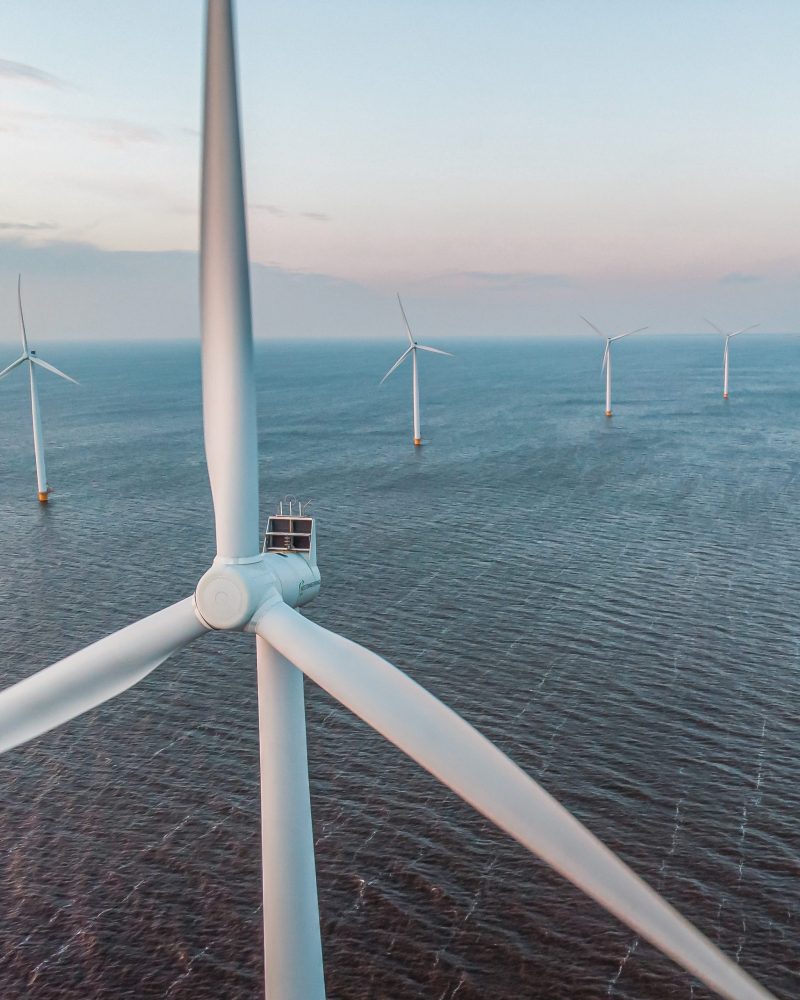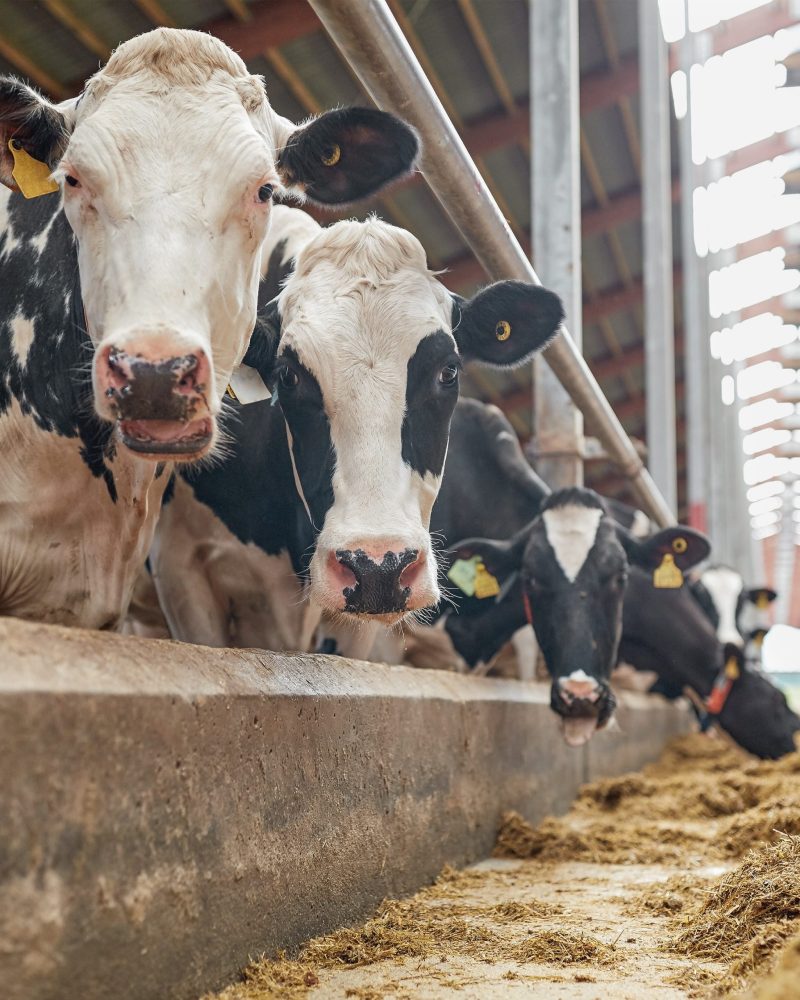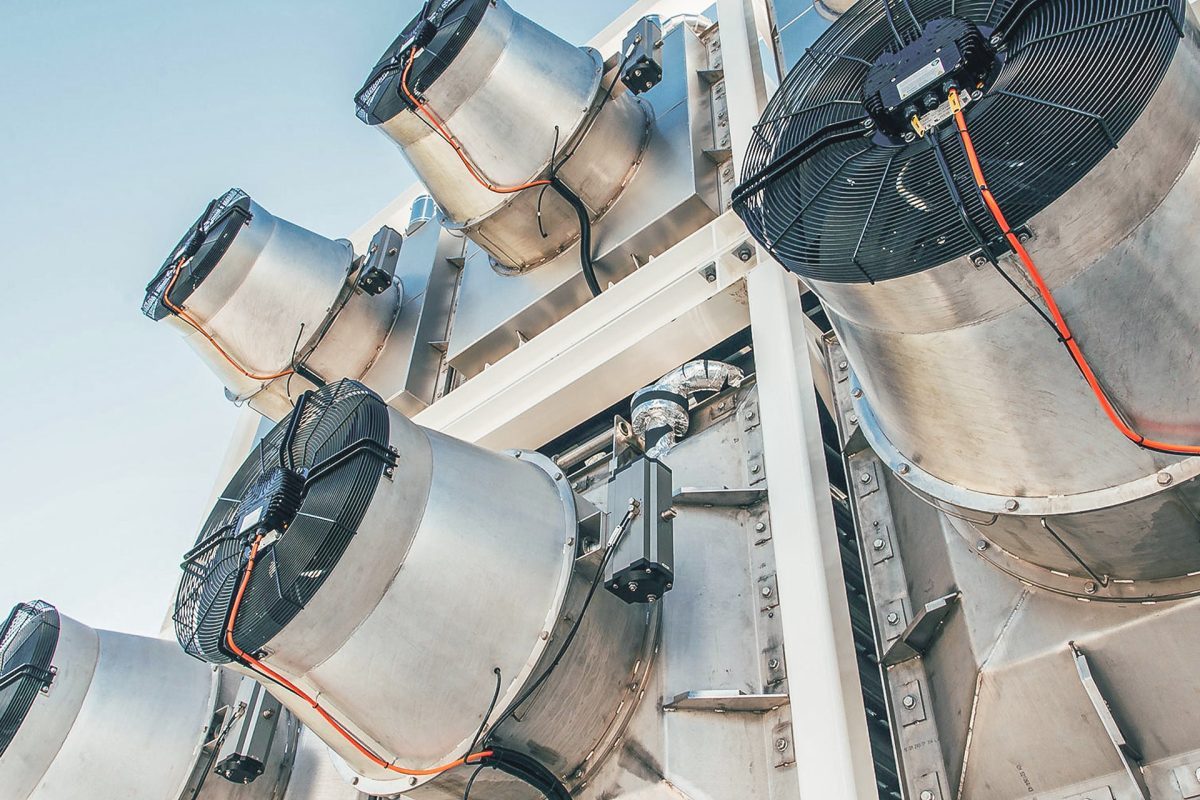Carbon dioxide is the most abundant greenhouse gas (GHG) in the atmosphere, at around 412 parts per million. According to the IPCC’s Special Report: Global Warming 1.5°C, published in 2018, humans are currently adding CO2 to the atmosphere at a rate of 42 billion tonnes every year. Reducing this amount is the biggest problem we face when finding pathways to net zero, because the current global economic system is hugely reliant on the burning of fossil fuels.
Considering current GHG emissions sector-by-sector is a useful way to illustrate the scale of the challenge – and see what climate solutions will be required to get global GHG emissions to net zero.







